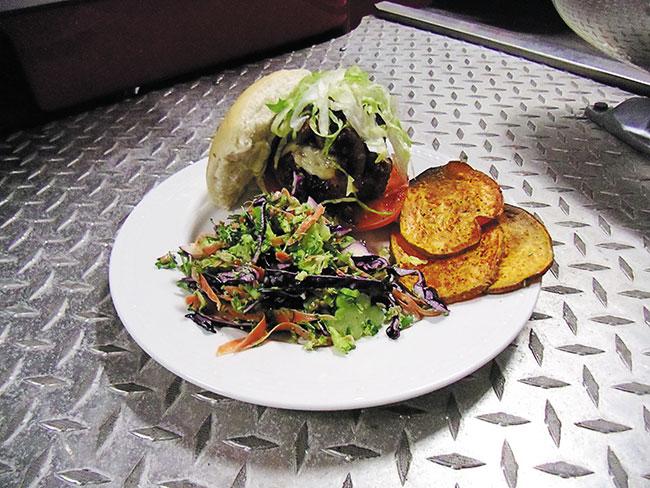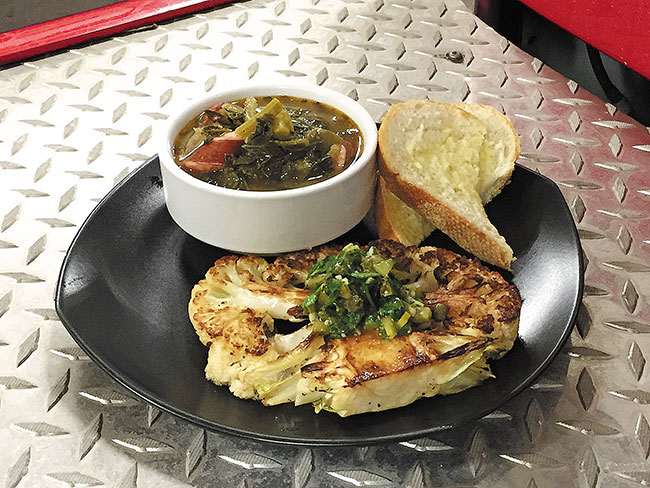
Recipe Rescue: April 2015
Patrick Mathieu
Features Health and Wellness NutritionIn our society today about one-third of the total amount of food produced is thrown away. This statistic is even more troubling because roughly 805 million people worldwide are food insecure, meaning they don’t know where their next meal is going to come from. Food waste is a huge problem, and that is an understatement. As portion sizes in North America grow, so does food waste. But we can all do a small part to help combat food waste, which supports an overall healthy lifestyle for yourself and your family.
The easiest way to reduce food-waste footprint is to have a plan. Show up to your farmer’s market or grocery store with a list of food necessities instead of strolling around for food wants. Watching food go rotten in the fridge and pantry is taboo in my books – it is a careless waste of ingredients and also a waste of your hard-earned money. There are great little tricks easily found on the Internet to help make your food last longer and keep mold away (check out End of Food Waste on davidsuzuki.org). For example, did you know that guacamole freezes surprisingly well? Or that if a great meal you created is reaching its life span in the fridge, it will likely live another day in the freezer? It may also be time to revisit some of our grandparents’ methods of making food last, such as canning and preserving.
I have always been an advocate for leftovers. Many dishes improve within a day or two. I take great pleasure on the final day (or night) of duty creating something special out of what I had previously made for my crew members during our shifts. Try this. The results will surprise you.
We can all use a lesson on how to maximize all of an ingredient we buy. We need to rethink what we believe belongs in a recipe and what we should discard. Why do we throw away beet greens, carrot tops and kale stems? I always throw these items in a sealable bag in the freezer to make homemade veggie stock, but I recently discovered that they can also be sauteed, shaved into salads, or made into soup. Chefs from around the world and awesome home cooks view using an entire ingredient as a way to showcase their culinary creativity – a challenge of sorts – and we can learn from them. Honour your raw ingredients! Before throwing away a portion that you previously believed to be inedible, take a bite. If it doesn’t taste all that great initially, imagine it sauteed in a little butter with salt and pepper, or perhaps masked in a pesto, or mixed in a salad or added to a soup. If, despite all your efforts, you still cannot save the food you bought using all of your new-found techniques, consider composting. Composting is a great last resort.
Like most issues that trouble our society, every little bit of change helps cure the problem. I challenge us all to find recipes that use vegetables from root to stalk to leaf, buy only what we consume, reuse food we have already made, and discard our food responsibly.
 A broccoli stalk and carrot top slaw easily compliments sweet potato chips and a banquet burger. Broccoli stalk and carrot top slaw
Ingredients — SALAD
Directions:
Green gumbo pairs nicely with cauliflower steak with salsa verde. Cauliflower steaks with salsa verde
Directions:
Green gumbo recipe
Cajun spice blend
Directions:
Pickled Swiss chard stems
Directions:
*Chefs Note – you can use this quick pickling recipe for absolutely anything that you may be thinking of throwing away. Try any stem or vegetable you may have hanging around. |
Patrick Mathieu is an acting captain at Waterloo Fire Rescue in Ontario. He was recently featured on Food Network’s Chopped Canada. stationhousecateringco@yahoo.ca @StationHouseCCo
Print this page
